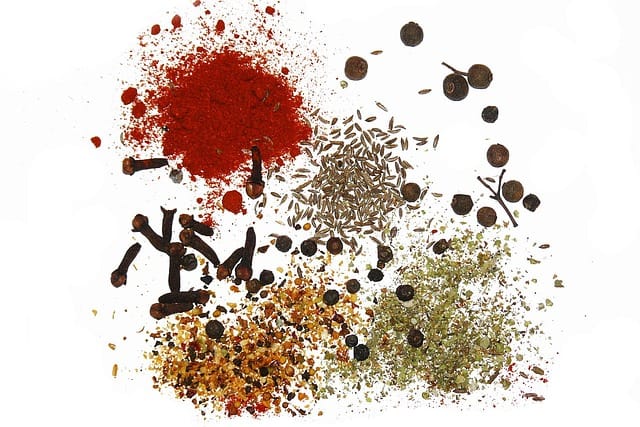How to grow Caraway
The caraway herb, scientifically known as Carum carvi, is a popular herb used in culinary dishes for its unique flavor and aroma

In this article:
Introduction
The caraway herb, scientifically known as Carum carvi, is a popular herb used in culinary dishes for its unique flavor and aroma. Caraway seeds are commonly used in bread, soups, stews, and pickles. Not only is it a versatile herb in the kitchen, but it also offers several health benefits.
Selecting the Right Location
Caraway herb thrives best in full sun, although it can tolerate partial shade. Choose a location in your garden that receives at least six hours of sunlight each day. Ensure the area has well-drained soil to prevent waterlogging, which can lead to root rot.
Preparing the Soil
Before planting caraway seeds, prepare the soil by removing any weeds and rocks. Caraway prefers soil with a pH level between 6.0 and 7.0 and rich in organic matter. Adding compost or well-rotted manure to the soil will improve its fertility and drainage.
Planting Caraway Seeds
Caraway seeds are best planted directly into the ground outdoors as they do not transplant well. Sow the seeds in early spring after the last frost or in early fall. Plant the seeds about 1/4 inch deep, spacing them 12-18 inches apart. Gently cover the seeds with soil and water thoroughly.
Watering and Fertilizing
Keep the soil consistently moist, but not waterlogged. Water the plants regularly, especially during dry spells. Avoid overhead watering to prevent fungal diseases. Fertilize the plants with a balanced organic fertilizer once a month during the growing season.
Managing Pests and Diseases
Caraway is relatively pest-resistant, but it can occasionally be affected by aphids, caterpillars, or fungal diseases such as powdery mildew. To manage pests, you can use organic insecticides or introduce beneficial insects such as ladybugs and lacewings. Proper spacing and good air circulation can prevent fungal diseases.
Harvesting Caraway
The leaves of the caraway plant can be harvested when they are young and tender for use in salads or as a garnish. However, the main attraction is the seeds. The seeds can be harvested when they turn brown and start to dry on the plant. Cut the stems and hang them upside down in a warm and dry location to allow the seeds to fully dry.
Drying and Storing Caraway Seeds
Once the seeds are fully dried, remove them from the stems. Store them in an airtight container in a cool, dark place to maintain their flavor and potency. Properly stored caraway seeds can last up to one year.
Propagating Caraway Plants
Caraway plants can be propagated through division or by collecting seeds. Divide mature plants in early spring or fall, making sure each division has roots and stems attached. Collect seeds from dry seed heads and sow them in prepared soil to grow new plants.
Using Caraway in Culinary Dishes
Caraway seeds are widely used to add a distinct flavor to various culinary dishes. They are commonly added to bread, biscuits, sauerkraut, and cheese dishes. The leaves can be used as a fresh herb in salads, soups, and stews. Experiment with caraway in different recipes to discover its unique taste.
Health Benefits of Caraway
Caraway has been used for centuries due to its medicinal properties. It aids digestion, relieves bloating and gas, and acts as a natural carminative. It is also rich in antioxidants, vitamins, and minerals, which promote overall health and well-being.
Conclusion
Growing caraway herb is a rewarding experience that provides you with a versatile culinary herb and a natural remedy for various ailments. By following the right techniques for planting, caring, and harvesting caraway, you can enjoy its unique flavor and health benefits in your own garden.
